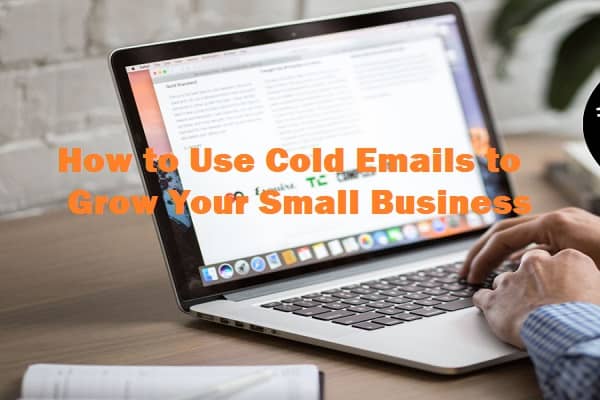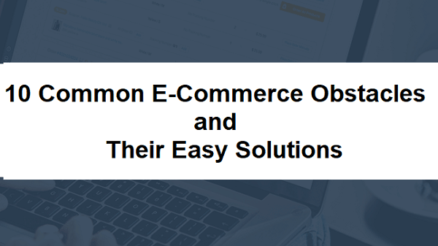Contents
If you are sending an important email, you need to get it to the correct person. Getting the right person to read your email increases your chances of getting the response you want. So taking the time to find someone’s email address and customize your message is 100% worth it.
Email verification is the process of verifying the authenticity of an email address and increasing the chances that it belongs to a real person. The whole purpose of email validation is to make sure that a real person with a valid email address receives and interacts with the sent email.
The cold email has been around since the advent of the Internet. The idea of finding leads by email search has been around for a long time because it works. Huge multi-million dollar companies owe their success to cold mailing, at least in their early stages. No matter how big your business is, cold mailing is a proven method of increasing leads and expanding your network.
The idea of sending an email to another business can be daunting, especially for small businesses. But really, the only way to get used to cold emailing is to actually do it. You will quickly realize that you won’t care about the answers you don’t get, but more about the ones you do.
How effective is cold emailing?
A cold email is an initial email that is sent to a recipient to receive a benefit in terms of favor, sales, opportunity.
In short, when you write to someone you don’t know for some specific reason, it’s a cold letter. Also, cold email isn’t just limited to sales, there are several examples of a cold email that we can experience and see in our daily life.
There are countless reasons why cold email is important to a business. The two most important are:
1.Network: Sellers can reach out to potential customers who may not know about the product. Cold emailing helps to raise awareness among people in general.
2.Lead generation: As the name suggests, sellers can generate new leads using cold emails. The beginning of any sale is a lead. Once a salesperson gains leadership, it is his job to bring it to the selling stage.
Cold email took over to become the best and most preferred cold selling medium, and it continues to this day. For this to work effectively, you need to know and justify two broad perspectives:
- Best Practices for Sending Cold Emails,
- Find the right people who think your icebreaker is valuable.
Cold email is annoying at times – in some cases it is possible. But by following proven cold email best practices, you can fix this problem.
Cold emailing can be incredibly effective and should be considered the best business practice for entrepreneurs. Add it to your collection of tools, letting go of your fear of people who say no, and give yourself a chance to experience how powerful cold email can be. It might just surprise you.
What makes a good cold email?
The email must come from a specific seller, not a company. Cold emails are all about making personal connections with potential customers, and the first opportunity a salesperson has to establish that connection is the front line.
The letter should have a topic that attracts attention. Subject lines represent your best chance of convincing someone to even open your email, let alone reply to it, so you should consider them carefully.
In addition to caring about your prospect’s goals sincerely, you can build your prospect’s trust by naming all of your big clients they might know. An impressive number of clients can also be mentioned.
Also read: Top Features You Need in a Cloud Security Platform
What is a good cold email response rate?
A good email bulk campaign open rate meets the average, which is 20.94%. The results for your organization, however, will be dependent on the health of your list, the quality of your subject line, and the average benchmark for your industry.
Targeted cold emails result in a higher open rate than average. The average open rate for business emails sits around 14% to 23% depending on the industry, according to ConstantContact and MailChip.
The Difference Between Cold Email and Spam
Also, a good cold email is CAN-SPAM compliant, which means it includes an opt-out method and accurate sender information. On the other hand, email spam is often automated, generic and impersonal. It can be sent in bulk to contacts who have not been researched or qualified in advance.
Is cold mailing legal? In short, yes! This means that you will not be flagged as a spammer if you send your potential customers cold, CAN-SPAM compatible emails. In other words, making contact with business contacts that you have never interacted with or with whom you are not personally familiar is not illegal.
Conclusion
Only you can decide if you need to bulk send cold emails, but it is an effective method. And when you start seeing results, do more of what works. Just start testing different approaches – different elevator steps, different introductions, different closers.





